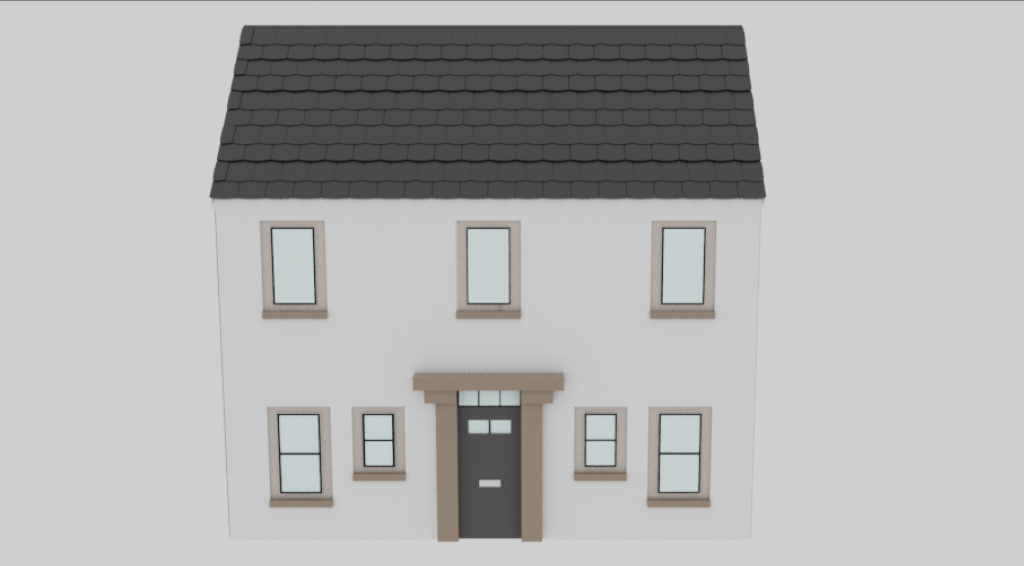Post Two: 3D Modelling (Part 1/2)
This post will document the process of 3D modelling a house using Maya. The objective is to create a basic 3D model of a home that will serve as a visual aid in demonstrating how the AR feature will function. To be able to show how the AR feature works, only one model was necessary. This post marks the first part of a two-part task focusing solely on modelling the house. The model itself is the primary content, with the subsequent part focusing on implementing features to enable the house to be viewed in AR.
Design
Software
The software I’ll be utilising for modelling the house is Maya, a program I became acquainted with during my second year of university assignments. I chose Maya as the software since my aim is to make use of the skills and software learnt throughout my degree and to put into practice on my own project. Maya is known for its complexity, making it challenging for beginners to create accurate models. However, despite its difficulty, Maya remains the best software option for implementing the features needed for the app. Its advanced functionalities and capabilities make it the ideal choice for achieving the desired outcome efficiently.
Design Reference
Initially, I planned to utilise Autodesk CAD to create my architectural elevations to aid in modelling the house. However, accessing CAD proved challenging since it is behind a paywall and was unavailable through the university. This setback stalled the beginning of the modelling process.
To bypass my inability to access CAD, I turned to Google for an inspirational image to guide my house design. I did previously attempt to sketch my own home but I wasn’t satisfied with the outcome hence why I made the decision to look at google for inspiration. Since the model focused solely on the house, I didn’t need floorplans for reference, as they wouldn’t be visible in 3D. I stumbled upon a home on the Peter Ward Homes website to serve as my reference image. I aimed for simplicity yet desired a touch of character in the design. The image used is in Figure 1 below.
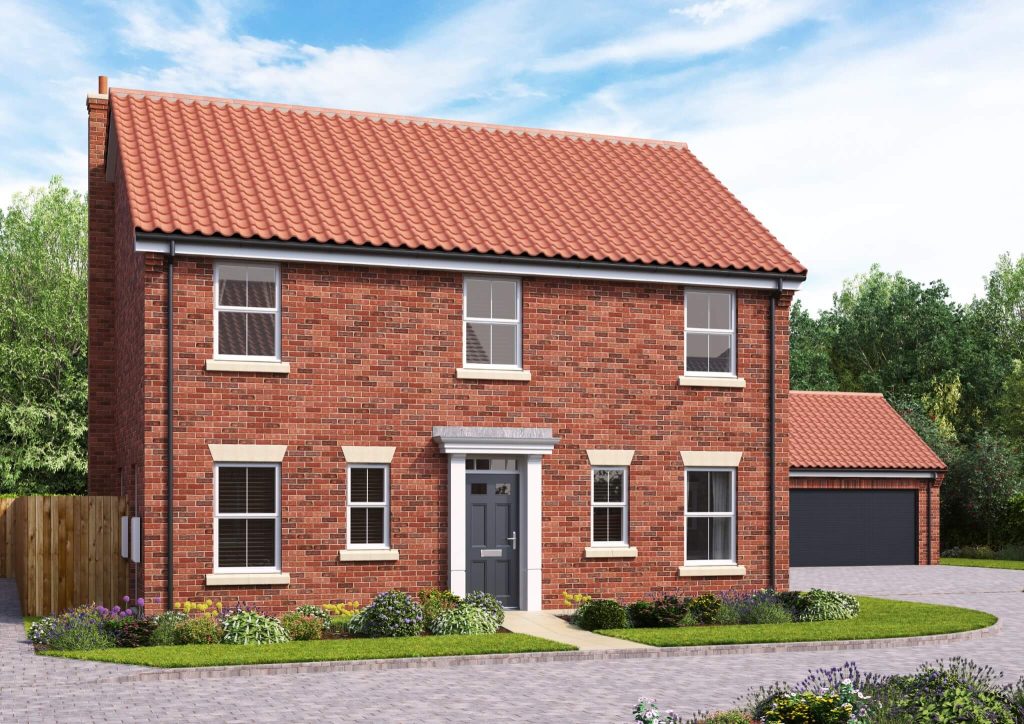
Design Process
To kickstart the design process, I imported the reference image into Procreate, an app accessible on Apple iPad. Using Procreate, I crafted architectural elevations for all four sides of the house, enabling me to envision the final model. This method keeps me aligned with the design trajectory.

To document the house’s modelling process, I opted to screen-record the entire process. Given the simple nature of the model, relying solely on images wouldn’t effectively capture the progression. In contrast, a timelapse video provides a comprehensive overview of the process from start to finish.
I began by crafting the house’s foundation and moulding a poly cube to achieve the desired shape using the scale tool in Maya. After establishing the basic form, I incorporated details like windows and doors, primarily employing the extrude tool for consistency and symmetry across the structure.
After completing the base, I proceeded to construct the roof. I began by subdividing the cube’s width to create a basic roof outline. From there, I focused on refining the roof’s appearance, starting with the creation of individual roof tiles. Using a single plane, I manipulated its vertices to achieve a rounded end, extruded the faces, and smoothed the resulting model. I repeated this process to cover the entire roof.
Satisfied with the overall look, I infused vibrancy into the model by applying colour surfaces, bringing it to life. The timelapse in Figure 3 captures each step of the process.
Complete Model
Once the modelling process had been completed, I rendered the model. Utilising the Arnold light dome, I ensured the model’s colours were vivid, offering a glimpse of the final product. The subsequent step involved exporting the model as an FBX file, facilitating progression to the following process stage, where the model is used to create the AR feature.
Additional 3D Content
Creating additional 3D content wasn’t initially part of the project’s scope. However, I opted to generate this content to broaden its application in future designs, such as for the app and website. This decision enabled me to infuse more personal touches into the project while reducing reliance on existing online content.
I focused on designing only a few rooms due to the limited one week dedicated to the 3D modelling process. Additional content creation wasn’t a priority, as other essential project elements required dedicated time and attention.
The software I utilised, Room Planner, is accessible on any device and doesn’t require 3D modelling skills like Maya. It offers pre-existing models for users to employ in crafting their designs, streamlining the design process. I used those pre-existing models to create my designs.

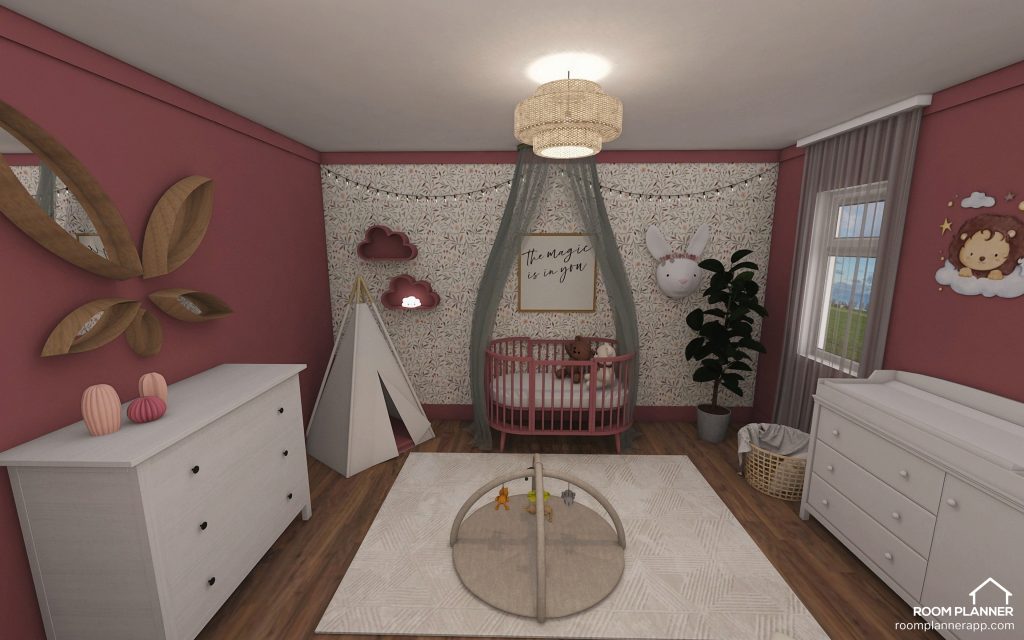
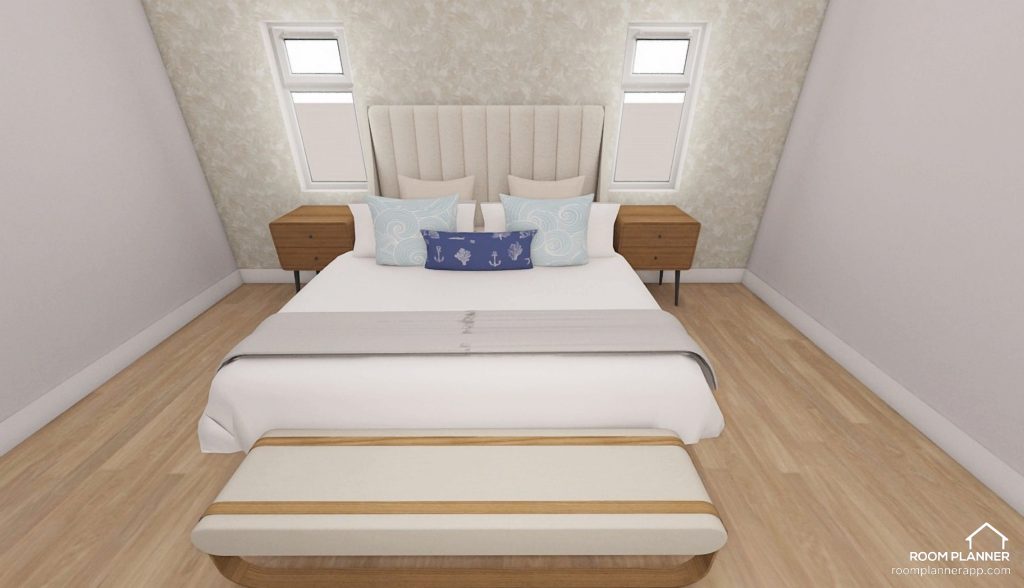

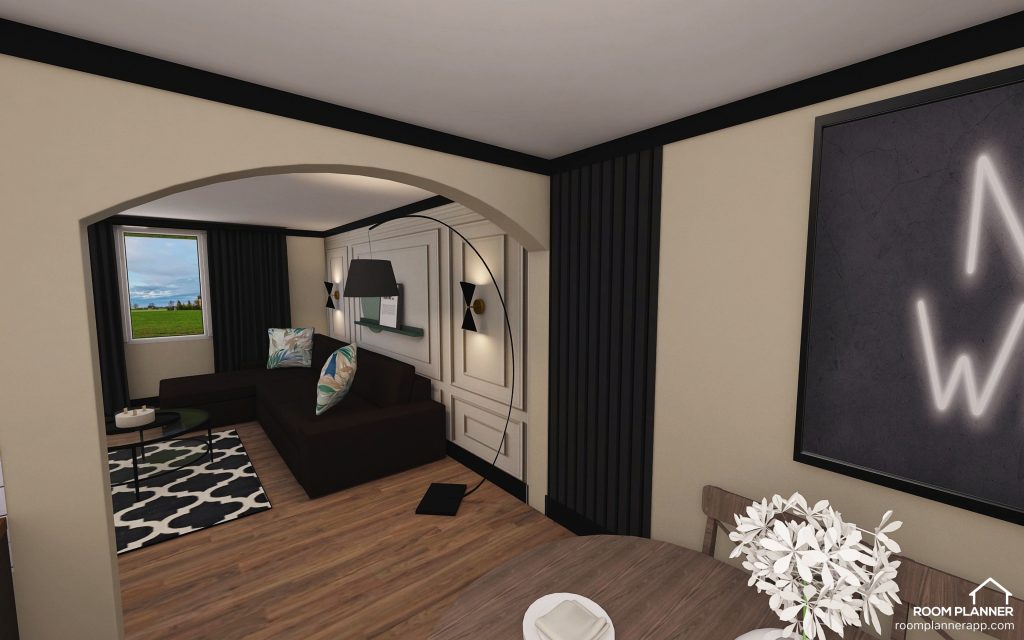
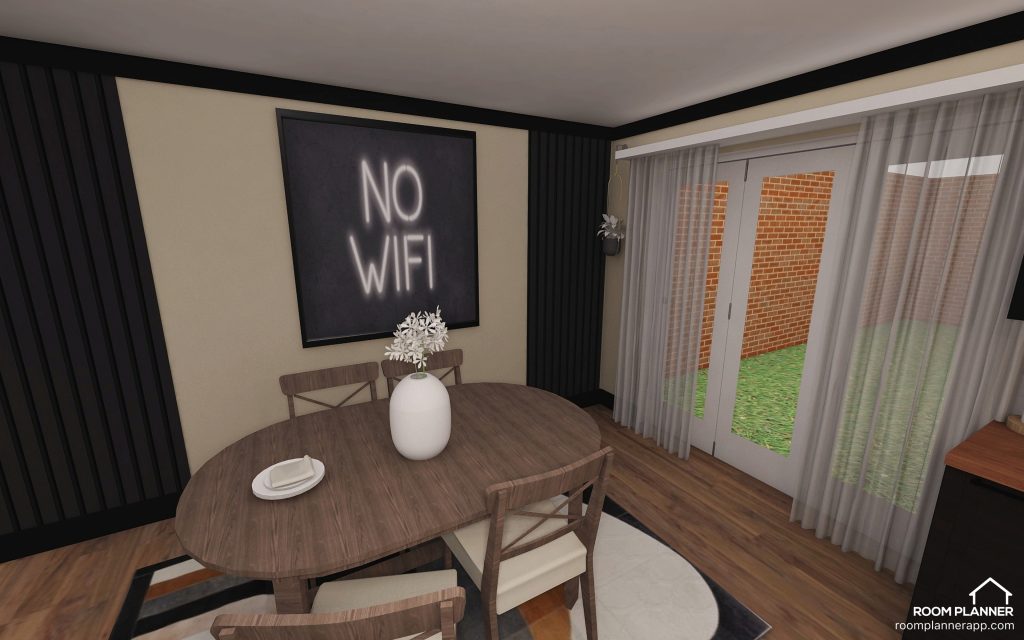
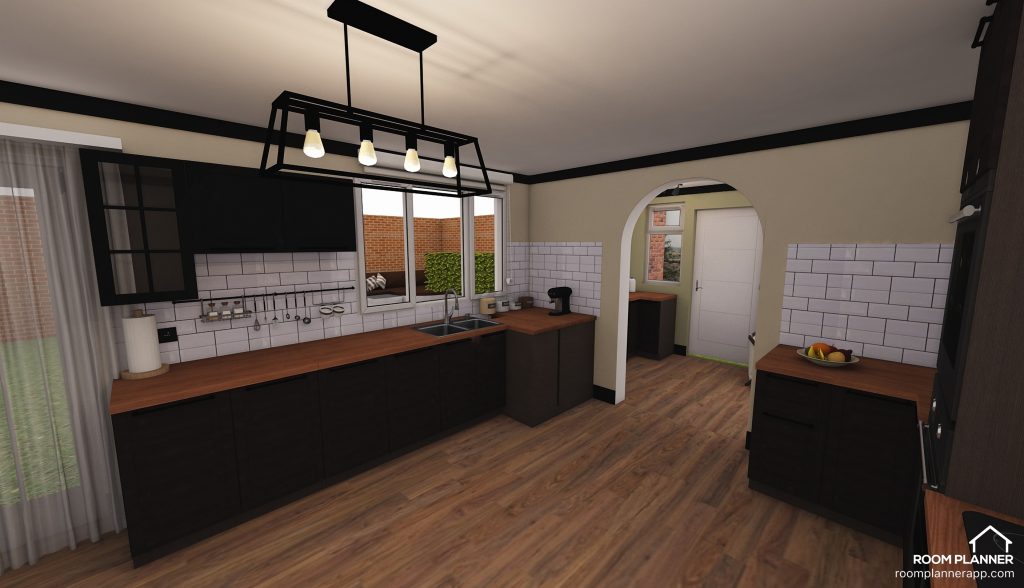
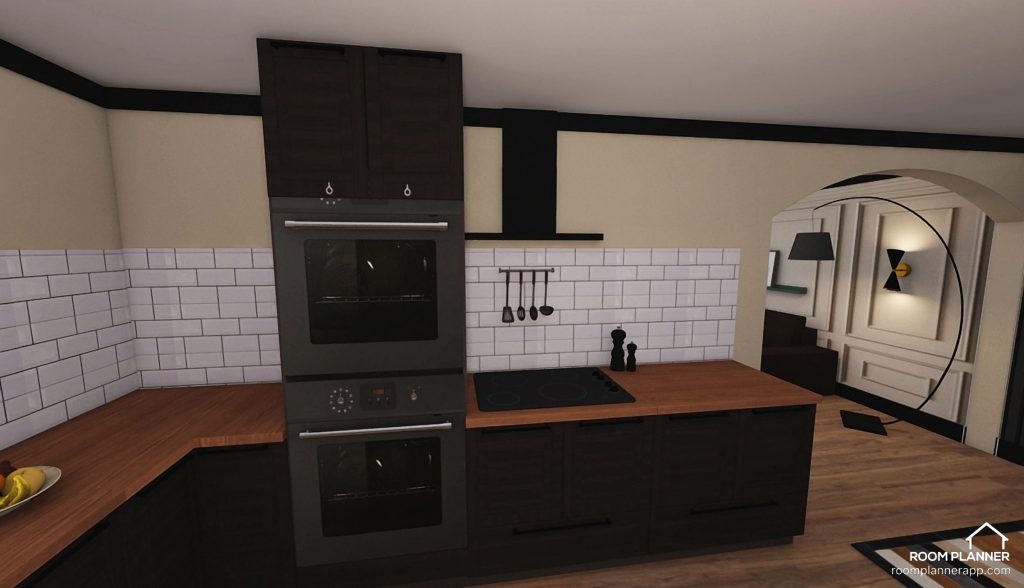
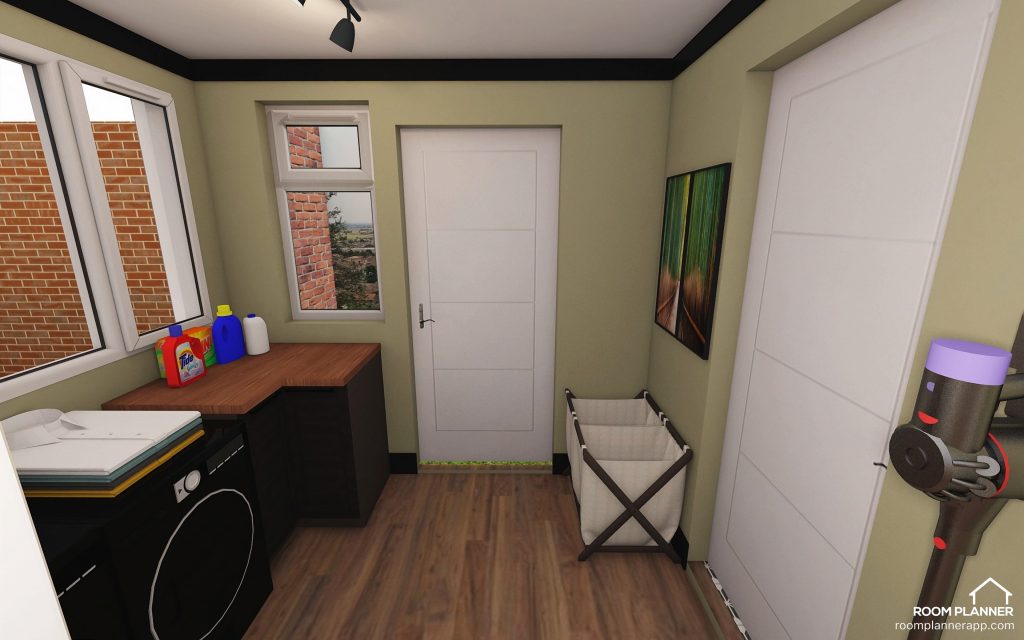
How the post contributes to the project’s objective
Creating a 3D house model in Maya allowed for virtual tours, giving customers a detailed, interactive view of properties. I only created one property since the aim was to demonstrate how technology can be used. I didn’t want to take too much time creating multiple options since I didn’t feel it was necessary.
Time Magagement Reflection
Regarding time management, I adhered strictly to the dedicated time since I anticipated the upcoming steps in the process to be challenging. However, I efficiently used any remaining time to generate additional content for the project. Overall, I am content with how I allocated my time for this project phase.
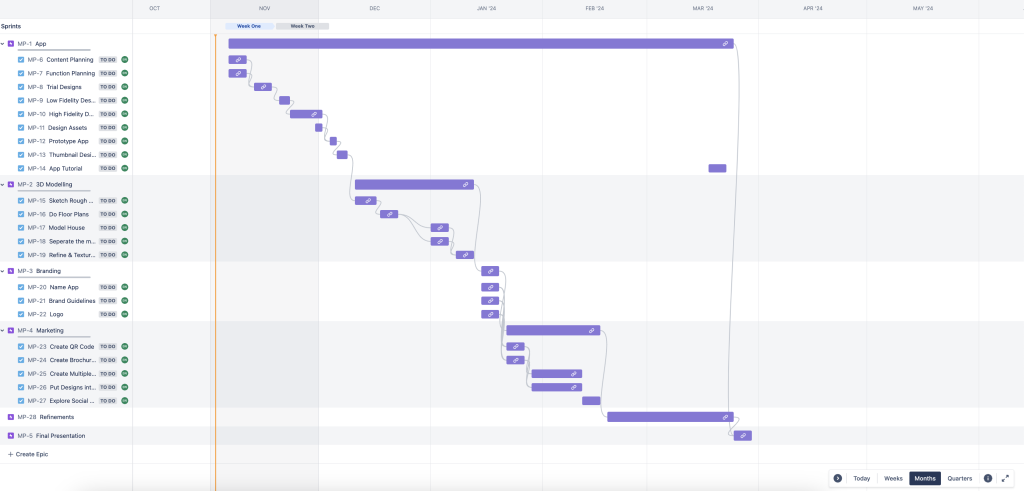
References
Reference Image
- Welham.(Unknown).Peter Ward. Available at: https://peterwardhomes.co.uk/ward-hills-bridlington/welham/. (Accessed:15 April 2024)
Apps Used
- Autodesk Maya
- Roomplanner.com

